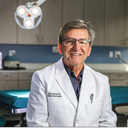Thank you for the question and picture. Your picture demonstrate asymmetric breast ptosis and you will benefit from breast lifting surgery. Breast augmentation surgery may also be helpful if you wish to increase breast size and/or change breast shape further. You will not do well with breast augmentation surgery alone.



